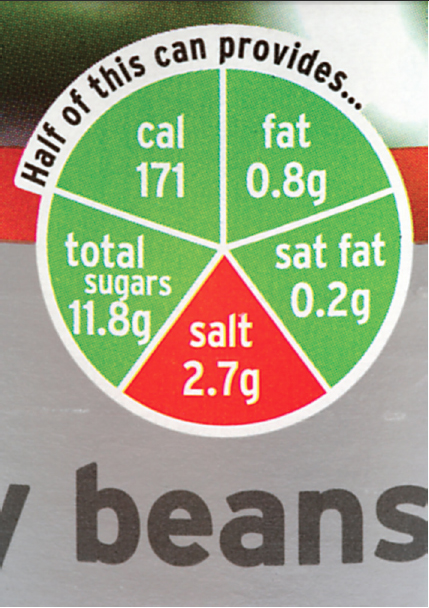Principles for Ethical Communication
Printed Page 37-39
Principles for Ethical Communication
Although it is impossible to state principles for ethical communication that will guide you through all the challenges you will face communicating in the workplace, the following ten principles provide a starting point.
ABIDE BY RELEVANT LAWS
You must adhere to the laws governing intellectual property. Here are some examples:
- Do not violate copyright. When you want to publish someone else’s copyrighted material, such as graphics you find on the Web, get written permission from the copyright owner.
- Honor the laws regarding trademarks. For instance, use the trademark symbol (TM) and the registered trademark symbol (®) properly.
- Live up to the express and implied warranties on your company’s products.
- Abide by all laws governing product liability. Helyar’s (1992) guidelines, presented on page 29, are a good introduction for products to be sold in the United States. Lipus’s (2006) guidelines are useful for products to be sold outside the United States.
ABIDE BY THE APPROPRIATE PROFESSIONAL CODE OF CONDUCT
Your field’s professional organization, such as the American Society of Civil Engineers, is likely to have a code that goes beyond legal issues to express ethical principles, such as telling the truth, reporting information accurately, respecting the privacy of others, and avoiding conflicts of interest.
ABIDE BY YOUR ORGANIZATION’S POLICY ON SOCIAL MEDIA
If your employer has a written policy about how employees may use social media, study it. If there is no written policy, check with Human Resources or your supervisor for advice. If you think that you will be unable to abide by the employer’s policy—whether written or not—you should not work there or you should abide by it while you try to change it.
TAKE ADVANTAGE OF YOUR EMPLOYER’S ETHICS RESOURCES
Your employer is likely to have a code of conduct, as well as other resources, such as an Ethics Office, which can help you find information to guide you in resolving ethical challenges you encounter. Your employer will likely have a mechanism for registering complaints about unethical conduct anonymously.
TELL THE TRUTH
Sometimes, employees are asked to lie about their companies’ products or about those of their competitors. Obviously, lying is unethical. Your responsibility is to resist this pressure, going over your supervisor’s head if necessary.
DON’T MISLEAD YOUR READERS
A misleading statement—one that invites or even encourages the reader to reach a false conclusion—is ethically no better than lying. Avoid these four common kinds of misleading technical communication:
- False implications. If, as an employee of SuperBright, you write “Use only SuperBright batteries in your new flashlight,” you imply that only that brand will work. If that is untrue, the statement is misleading. Communicators sometimes use clichés such as user-friendly, ergonomic, and state-of-the-art to make a product sound better than it is; use specific, accurate information to back up your claims about a product.
- Exaggerations. If you say “Our new Operating System 2500 makes system crashes a thing of the past” when the product only makes them less likely, you are exaggerating. Provide specific technical information on the reduction of crashes. Similarly, do not write “We carried out extensive market research” if all you did was make a few phone calls.
- Legalistic constructions. It is unethical to write “The 3000X was designed to operate in extreme temperatures, from –40 degrees to 120 degrees Fahrenheit” if the product does not operate reliably in those temperatures. Although the statement might technically be accurate—the product was designed to operate in those temperatures—it is misleading.
- Euphemisms. If you refer to someone’s being fired, say released, not granted permanent leave or offered an alternative career opportunity.

USE DESIGN TO HIGHLIGHT IMPORTANT ETHICAL AND LEGAL INFORMATION
Courts have found that burying information in footnotes or printing it in very small type violates a company’s obligation to inform consumers and warn them about hazards in using a product. When you want to communicate safety information or other facts that readers need to know, use design features to make that information easy to see and understand. Figure 2.3 shows how design principles can be used to communicate nutritional information on food labels.
BE CLEAR
Clear writing helps your readers understand your message easily. Your responsibility is to write as clearly as you can to help your audience understand what you are saying. For instance, if you are writing a product warranty, make it as simple and straightforward as possible. Don’t hide behind big words and complicated sentences. Use tables of contents, indexes, and other accessing devices to help your readers find what they need.
AVOID DISCRIMINATORY LANGUAGE
Don’t use language that discriminates against people because of their sex, religion, ethnicity, race, sexual orientation, or physical or mental abilities. Employees have been disciplined or fired for sending inappropriate jokes through the company email system.
ACKNOWLEDGE ASSISTANCE FROM OTHERS
Don’t suggest that you did all the work yourself if you didn’t. Cite your sources and your collaborators accurately and graciously. Read more about citing sources, see Appendix, Part B.